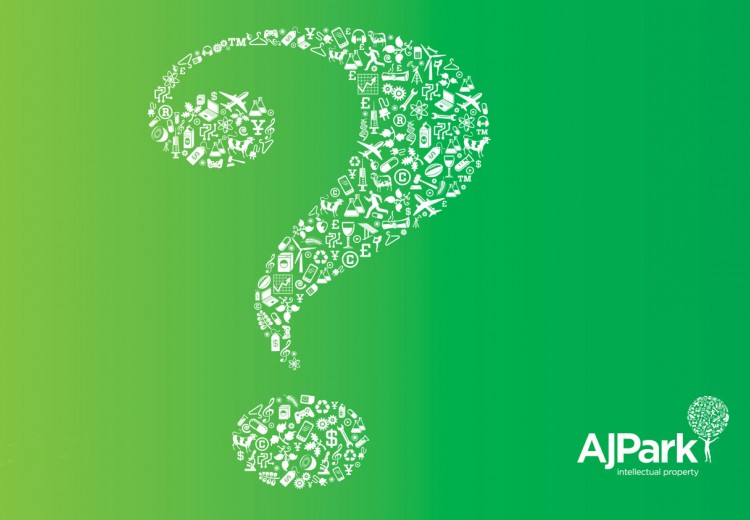What's the difference between parallel importation and counterfeit goods?
How can I protect my products and brand from counterfeiting?
Video \ 23 Apr 2018
The main differences between parallel imported goods and counterfeit products are the nature of the goods and who they’re coming from. Parallel imported goods are genuine product and they’re brought in by individuals or businesses from overseas authorised sellers. When we’re talking about counterfeit product, it’s fake product and it’s brought in by unauthorised people.
Can I import genuine product?
You can import some genuine product, so if a parallel import features a registered trade mark or a copyright work, you’re generally going to be in the clear. But if you’re looking to import something with a registered design or a pattern, then you’re going to need to seek permission from the person who owns those designs or patents.
What can brand owners do to protect their products and brands from counterfeiting?
Things that a brand owner can do is they can make sure that their rights are all lined up is:
- Register your trade marks, your designs and your patents so they’re easy to identify and to protect in the market.
- File Customs notices so that Customs is aware of product coming into the border that features your trade mark or your copyright and they can alert you to it.
- Monitor the market through online compliance programmes or even on the ground as well, and those will be things looking at TradeMe, Alibaba, ebay to see if there are any issues.
If you need plain English advice on parallel importation and counterfeit goods, get in touch with one of our experts.
